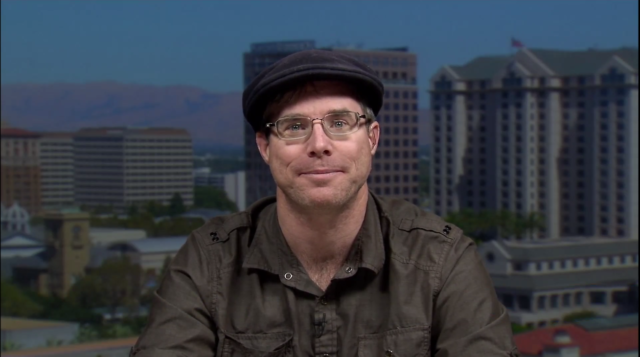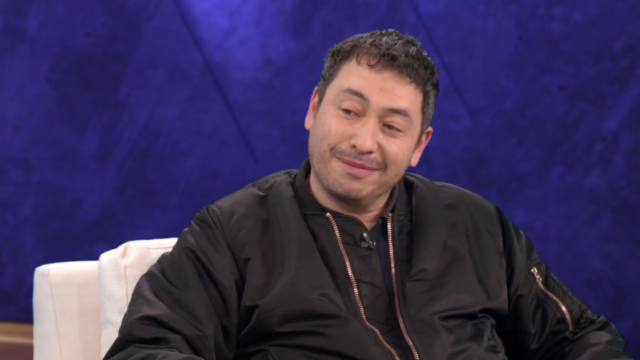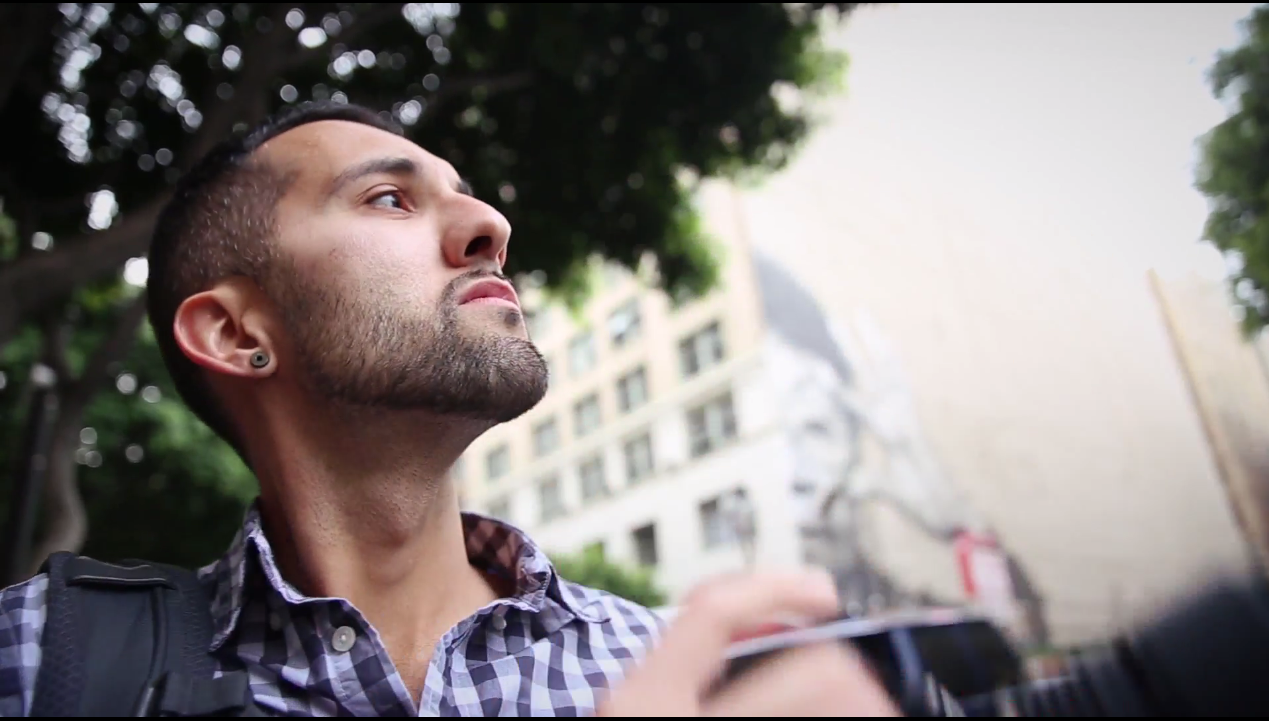What does the future of space exploration look like? Scientists say Mars is the most likely candidate for being able to support human life one day.
This week on Full Frame, we take a look at the science and technologies being used by both government and private sectors to live on Mars: the new frontier.
Andy Weir: Mars Story

New York Times Bestselling author Andy Weir talks about his novel The Martian.
Andy Weir is a self-described “space nerd” who didn’t realize his writing and sense of humor had mainstream appeal until it landed him a book deal in 2013. Almost instantly, it transformed him from computer programmer to best-selling author.
Since then, his novel about a risky manned mission to Mars has gained the attention of scientists at NASA, reignited the public’s fascination with space travel, and been on the New York Times Best Sellers list for more than 60 weeks.
Praised for its scientific accuracy, The Martian was also adapted into a film, directed by Ridley Scott and starring Matt Damon. The movie won two Golden Globes and seven Oscar nominations, and continues to draw audiences.
From Mountain View, California, Andy Weir joins May Lee in our Los Angeles studio.
Pascal Lee: Training for life on Mars

Pascal Lee talks about training for life on Mars here on Earth.
Pascal Lee has the coolest job in the world, literally. He’s spent the last 18 summers on Devon Island, one of the coldest places on Earth, in the High Arctic. As a result of his research there, he’s the first person ever to suggest that Mars has always been a cold planet and the science is proving him right.
Lee is chairman of the Mars Institute, a senior planetary scientist at the SETI Institute, and Director of the NASA Haughton-Mars Project at NASA Ames Research Center.
He’s also written an exciting children’s book called Mission: Mars, providing kids with a playful and fun guide to packing for a human mission to the red planet, and what to do once you arrive in sub-zero temperatures.
Pascal Lee joins May Lee in our Los Angeles studio to talk about training for life on Mars, the new frontier.
Nathalie Cabrol: Alien hunter

Planetary scientist Nathalie Cabrol talks about searching for life on Mars.
Nathalie Cabrol is a planetary scientist at the SETI Institute and the director of the Carl Sagan Center. It’s here where she searches for signs of microbial life on Mars. She believes, one day, humans will live on Mars. Her research, in the High Andes, led to the discovery of a world-record UV index of 43, which is more similar to the surface radiation on the Red Planet than on Earth.
The recipient of numerous NASA and other research awards, she’s also earned the nickname “Mrs. Gusev” for choosing to land the Mars Spirit rover at the Gusev Crater in hopes of finding water. Recently, NASA confirmed her belief and announced the discovery.
Nathalie Cabrol joins May Lee in our Los Angeles studio to share more about her work.
Navid Baraty: Scanning space

Photographer Navid Baraty creates fictional photos of deep space.
The love of art and the knowledge of science can work together to create breathtaking beauty. Navid Baraty is fully aware of this. The photographer graduated with a degree in electrical engineering. But, it was his passion for photography that led him to travel the world while working on creative projects for major companies. One of those clients, Apple, even commissioned him to work on an installation in Chongqing, China.
Navid’s unique perspective has now launched him beyond this world and into space. He recently began a project called “WANDER Space Probe”. “Wander” is a fictional deep space probe that takes pictures of the mysterious cosmos and beams them back to its owner. To create these pictures, Navid uses a very unique process.
On this week’s Full Frame Close Up, Navid Baraty takes us on a journey of reconsidering the “artistic realities” of the universe.
Connect with Navid Baraty on Facebook
 CGTN America
CGTN America